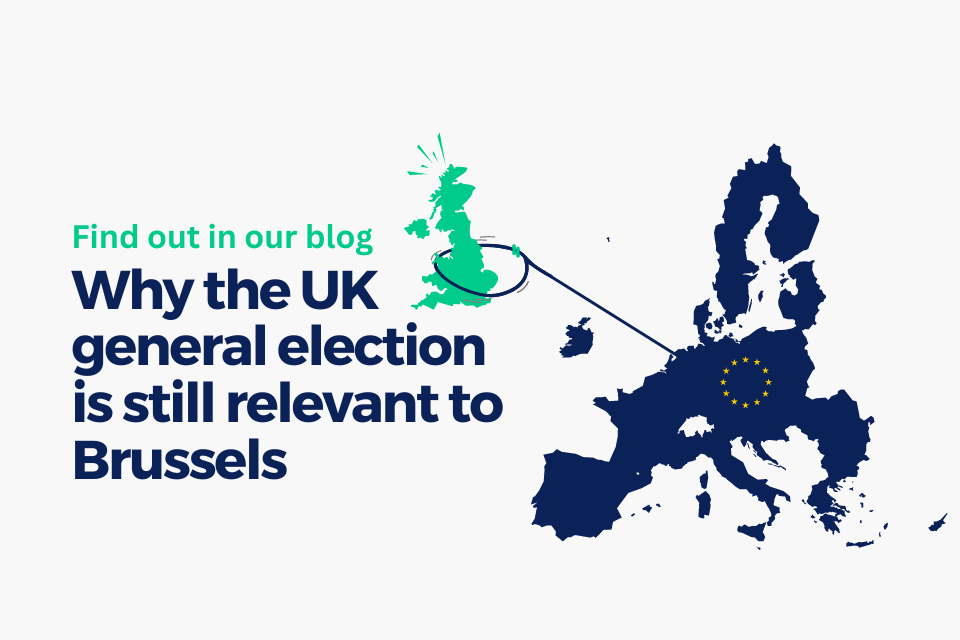55% Less Emissions by 2030 Are Great. How Do We Get There?

Photo by Thomas Richter on Unsplash

As often quoted these days, we are in unprecedented times in terms of the COVID-19 pandemic, climate concerns and economic recession. The European Commission (EC) has rightly seen the challenge and the opportunity in this eternal triangle of crisis. The recent EC Communication “Stepping up Europe’s 2030 climate ambition” aimed for an emissions reduction of 55% by 2030, but how do we get there?
The COVID driven impending recession may provide the clue. We need investment in jobs, and the predicted climate crisis needs investment in technology – in particular in the energy sector. As the communication notes, the burning of fossil fuels together with fugitive emissions in the energy system are responsible for over 75% of total EU GHG emissions. That’s why the energy transition is at the heart of the European Green Deal, and is linked with all sectors; from production and efficiency, to buildings and transport.
Put simply, if you want to reduce CO2 and other harmful emissions during energy production, then you must stop burning fossil fuels – eventually, all fossil fuels in all applications. Of course, this is not immediately possible so it is good to see recognition in the EC proposals that fossil fuels create not only harmful emissions but also an import dependency and price volatility and both can be improved by renewables. It would have been better to replace the word ‘renewables’ with ‘all clean energy options’, recognising that nuclear energy currently produces about half of all the low-carbon electricity in the EU as indicated in the EC’s accompanying Impact Assessment. To achieve the ambitious 55% emissions reduction, we will need all the near-zero carbon energy production we can get and still it may not be enough to replace all fossil fuels nor tackle climate change.
IS THERE A SILVER BULLET?
Near-zero CO2 emitters include wind, solar, nuclear, biomass, geothermal and crucially: hydroelectric. All have their advantages, disadvantages and varied suitability. The intermittent nature of wind and solar means they must be interlinked with very high capacity energy storage systems, all of which also have their plusses and minuses. Traditional chemical batteries do not yet come in Gigawatt capacities and their waste products are an issue. Clean hydrogen produced by wind, solar and nuclear will be a realistic option, but it is not an easy gas to make, store safely nor use. Perhaps clean ammonia would be better for some countries as the technology has been around for more than 150 years. More research and development will be needed to optimise renewable energy storage technologies to suit all applications and situations.
Hydroelectric energy has the advantage of being clean and, with pumped storage, can also be a massive energy store to cover demand/supply fluctuations on the electricity grids. But for several decades it has not been possible in environment-conscious societies to build new dams for fear of threatening a few species. Well, the climate emergency may well be the time for an overall ‘rethink’ as we are trying to protect all species.
WHAT ABOUT NUCLEAR AND HYDROELECTRIC? NEITHER GET A MENTION IN PLANS TO ACHIEVE THE 55%.
To understand why we need to keep an open mind on all near-zero CO2 technologies, we need to look no further than the German energy policy: Energiewende. Germany has laudably invested heavily in wind and solar but decided to close its nuclear plants whilst still burning coal and gas. The result is that they have not reduced their emissions for more than a decade. Sadly, the German dominance in the EU Institutions seems to have used the Energiewende as a model. Is this a political whim that we can no longer afford if our 55% aim is to become a reality?
According to the IEA forecasts, electricity demand will rise by 1.3% each year to 2040 and that is mainly due to the growing and necessary conversion to electric vehicles. So, to achieve that 55% emissions reduction, electricity supply must be both cleaner and bigger.
The EC is right to support the excellent progress in electric vehicles but must, in parallel, support electricity supply investment and clean-up with every available near-zero carbon technology.
So, in applauding President von der Leyen’s renewed ambition with European Green Deal, and recognising the urgency to use all near-zero emission technologies, we also need to de-politicise the process, re-assess all options and listen to the science. Like most multi-decade plans, the first 10 years will be both crucial and indicative of the eventual achievement.
Views expressed in this blog are those of Jon Coniam and may not reflect the position of Acumen Public Affairs.
 Jon Coniam is a Senior Adviser at Acumen. Jon has worked in the energy industry for more than 40 years of which half has been as a Brussels-based energy and environmental consultant. He has represented several large companies internationally including, British Energy, NEK Bulgaria, ESI-Energy Consultants (USA), TVO (Finland), HR Wallingford (UK), Mott MacDonald and others. In parallel with his support to energy companies, Jon has also been a consultant to several MEPs regarding the development and amendment of the Parliamentary Reports on draft energy/environment Directives and Legislation. Jon is a British Mechanical Engineer and can also work in French with a working ability in Bulgarian.
Jon Coniam is a Senior Adviser at Acumen. Jon has worked in the energy industry for more than 40 years of which half has been as a Brussels-based energy and environmental consultant. He has represented several large companies internationally including, British Energy, NEK Bulgaria, ESI-Energy Consultants (USA), TVO (Finland), HR Wallingford (UK), Mott MacDonald and others. In parallel with his support to energy companies, Jon has also been a consultant to several MEPs regarding the development and amendment of the Parliamentary Reports on draft energy/environment Directives and Legislation. Jon is a British Mechanical Engineer and can also work in French with a working ability in Bulgarian.
If you need strategic advice or public affairs support our team can help. Get in touch with us at info@acumenpa.com


